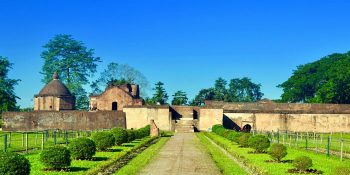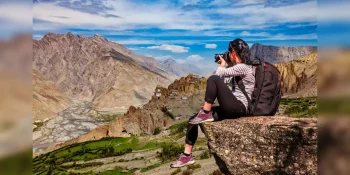Ayodhya, a city in the northern Indian state of Uttar Pradesh, holds a significant place in Hindu mythology and history. Revered as the birthplace of Lord Rama, it stands as a symbol of faith, cultural heritage, and a focal point of religious devotion for millions of Hindus worldwide.
Nestled on the banks of the sacred Sarayu River, Ayodhya’s origins trace back to antiquity, shrouded in the mists of legend and myth. According to Hindu scriptures, it was founded by Manu, the progenitor of mankind, and served as the capital of the ancient Kosala Kingdom. Its name, Ayodhya, means “unconquerable” or “invincible,” signifying its historical significance and spiritual prominence.
Central to Ayodhya’s identity is the legend of Lord Rama, the seventh avatar of the Hindu god Vishnu. He was born to King Dasharatha and Queen Kaushalya in Ayodhya’s sacred precincts, marking the beginning of an epic saga recounted in the Hindu scripture, the Ramayana. The narrative of Rama’s exile, his abduction of Sita by the demon king Ravana, and the subsequent war to rescue her forms the backbone of Hindu mythology and ethos.
The city’s landscape is dotted with temples, shrines, and holy sites associated with the Ramayana. The Ram Janmabhoomi, believed to be the birthplace of Lord Rama, is particularly revered. For centuries, it has been a focal point of pilgrimage and devotion for millions of Hindus. The Babri Masjid, built in the 16th century by the Mughal emperor Babur, stood at this site until its demolition in 1992, sparking communal tensions and legal disputes that persisted for decades.
In 2019, a landmark verdict by the Supreme Court of India settled the contentious issue, allowing for the construction of a Hindu temple at the Ram Janmabhoomi site while allocating an alternate plot of land for the construction of a mosque. This decision aimed to foster reconciliation and communal harmony while honoring the religious sentiments of all parties involved.
Beyond its religious significance, Ayodhya is a cultural hub, preserving ancient traditions and customs passed down through generations. Its vibrant festivals, such as Diwali, the festival of lights, and Ram Navami, Lord Rama’s birthday celebration, attract devotees and tourists from across the globe, offering a glimpse into India’s rich spiritual tapestry.
The city’s architectural marvels, including the Kanak Bhawan, Hanuman Garhi, and Nageshwarnath Temple, reflect a blend of Hindu, Jain, and Islamic influences, attesting to its multicultural heritage. Each monument bears testimony to Ayodhya’s enduring legacy as a cradle of civilization and a melting pot of diverse cultures.
In recent years, efforts have been underway to transform Ayodhya into a modern pilgrimage destination, with infrastructure development projects aimed at enhancing connectivity, accommodation, and tourist amenities. The proposed construction of the grand Ram Mandir, envisioned as a masterpiece of architectural splendor, is poised to elevate Ayodhya’s stature on the global stage, drawing pilgrims and visitors from far and wide.
Yet, amidst the rapid pace of development and modernization, Ayodhya remains rooted in its timeless traditions and spiritual essence, serving as a beacon of hope, inspiration, and unity for millions who revere it as the sacred abode of Lord Rama. As the city continues to evolve, it stands as a testament to the enduring power of faith, resilience, and the eternal quest for transcendence that defines the human spirit.









